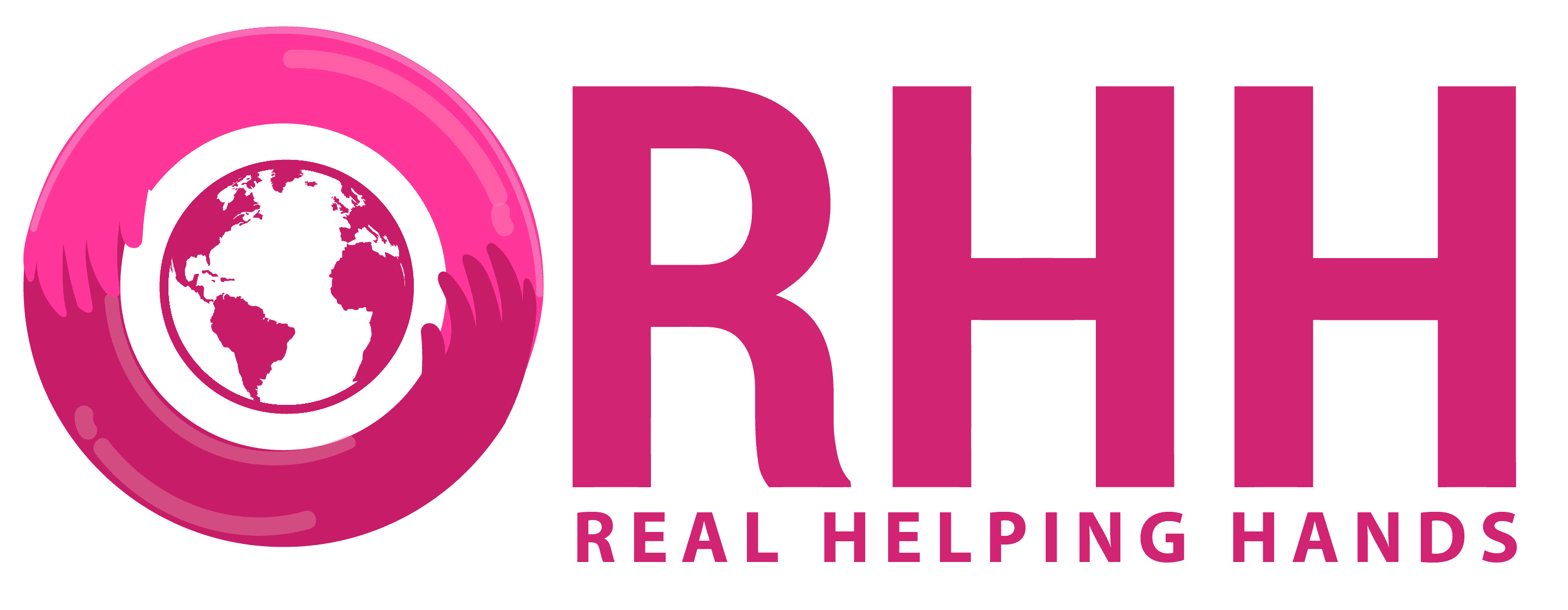Best Practices for Successful Board Meetings
Board meetings are crucial to helping achieve company goals, preventing conflict and ensuring compliance with regulatory specifications. However, they can only be productive if everyone is actively engaged and committed to encouraging constructive dialogue. By applying these best practices you can transform your Board meetings into powerful engines that help your organization move toward its long-term vision and objectives.
Establishing clear expectations and meeting procedures is the first step towards organizing a well-run board meeting. It is about clearly defining who is responsible for each item on the agenda and making sure that everyone has a full understanding of what is expected from your meeting.
By establishing and adhering to time limits for each item on the agenda, you can remain focused throughout the meeting. This helps attendees feel that they are valued. It is a good idea to limit the number items on your agenda to ensure that your board members have time to debate each one effectively. Items that are not controversial can be put to vote via a the consent agenda to allow more time for discussions on strategic issues (BoardEffect). Use visual tools like countdown timers and adhere to your timeframes especially when dealing with sensitive issues.
Unproductive discussions can result in lengthy meetings that can detract from meeting goals. Include the word “parking area” on the agenda to include subjects that require further study or consideration but aren’t the top of your list. Be sure to regularly revisit the parking lot to evaluate what needs to be further investigated or added to the agenda, or delegated as the task.
